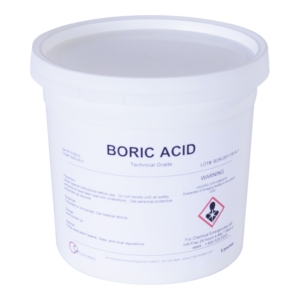Description
Magnesium Silicate (Ultra Fine Talc)
From Wikipedia, the free encyclopedia
Talc (derived from the Persian via Arabic talq) is a mineral composed of hydrated magnesium silicate with the chemical formula H2Mg3(SiO3)4 or Mg3Si4O10(OH)2. It occurs as foliated to fibrous masses, its monoclinic crystals being so rare as to be almost unknown. It has a perfect basal cleavage, and the folia are non-elastic, although slightly flexible. It is sectile and very soft, with a hardness of 1 (Talc is the softest of the Mohs’ scale of mineral hardness). It has a specific gravity of 2.5–2.8, a clear or dusty luster, and is translucent to opaque. Its color ranges from white to gray or green and it has a distinctly greasy feel. Its streak is white.
Uses
A coarse grayish-green high-talc rock is soapstone or steatite and has been used for stoves, sinks, electrical switchboards, etc. Talc finds use as a cosmetic (talcum powder), as a lubricant, and as a filler in paper manufacture. Most tailor’s chalk is talc, as is the chalk often used for welding or metalworking.
Safety
Several studies have established preliminary links between talc and pulmonary issues,lung cancer,skin cancer and ovarian cancer. This is a major concern considering talc’s widespread commercial and household use. However, no conclusive study has yet been made to determine either the toxicity and/or carcinogenic nature of talc and the long history of safe use suggests that these concerns are unfounded. The U.S. Food and Drug Administration (FDA) considers non-asbestiform talc, that is talc which does not contain potentially carcinogenic asbestiform amphibole fibers, to be Generally recognized as safe (GRAS) for use in cosmetics. In 1993, a US National Toxicology Program report found that cosmetic grade talc caused tumors in animals, even though it contained no asbestos-like fibres. Scientists have been aware of the toxicity of talc since the late 1960s, and in 1971 researchers found particles of talc embedded in 75 percent of the ovarian tumors studied.







